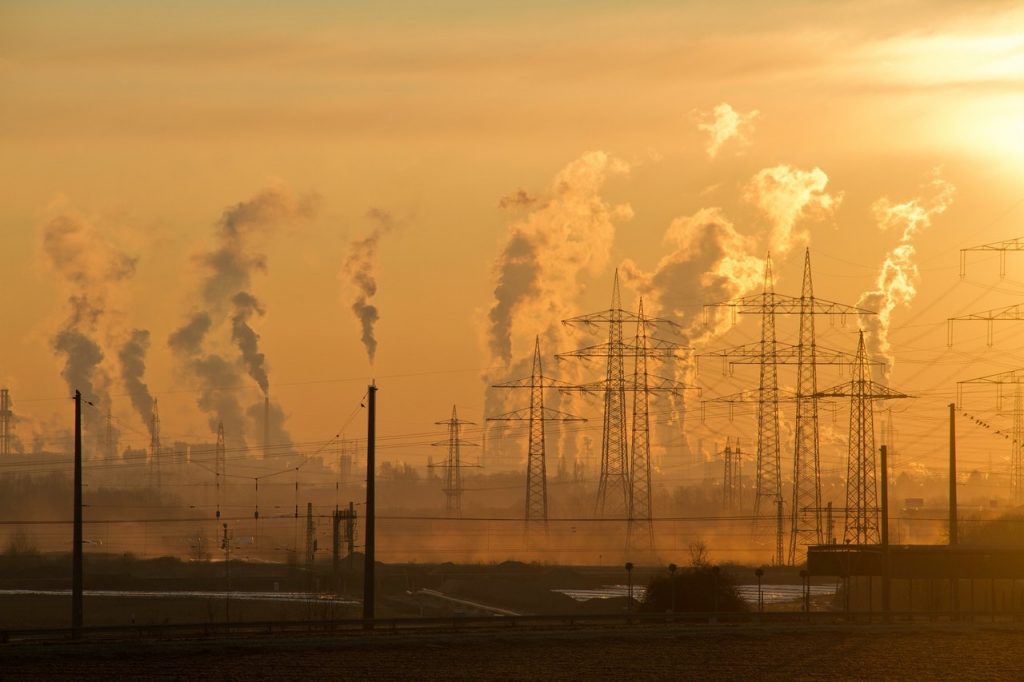Non-state actors like businesses are essential to meeting the ambitious goals outlined in the Paris Agreement. A panel discussion at the recent ECOCITY World Summit in Melbourne, Australia explained why.
From the outset, business has been crucial to meeting global climate goals. While the Paris Agreement aims to hold the increase in global average temperature to well below 2°C, current government pledges will only contain the increase in global warming to approximately 3°C.
Non-state actors such as cities and businesses have already stepped up to bridge the gap and their engagement must be supported. It is only by including non-state actors, especially business, that we will collectively be able to achieve the goals initiated by the Paris Agreement. Here are four ways the private sector is already helping:
1. Emissions targets
In 2015, the World Resources Institute reported that 80% of the world’s 500 largest companies have set targets to reduce their climate-warming emissions. Since then, private sector targets have become even more ambitious as public-private partnerships like the Science Based Target Initiative have helped companies align their emissions-reducing goals with the Paris Agreement’s global 2°C objective.
For instance, computer technology company Dell has committed to reducing greenhouse gas emissions from their facilities and logistics operations by 50% by 2020. International railway operator Thalys has committed to reducing emissions per passenger kilometre by 41.4% by 2020.
2. Energy efficiency
Business accounts for around half of worldwide electricity use. By improving energy productivity, companies can both reduce their own demand and make a significant contribution to reducing greenhouse gas emissions. The EP100 is a global initiative of international businesses that pledge to double their energy productivity. The EP100 includes important economic operators from Swedish clothing multinational H&M to Mahindra Group, the world’s largest manufacturer of tractors.
3. Research and development
Green technology breakthroughs will be key to stemming global warming and business is at the forefront of research into these alternative energy solutions. For example, Singapore-based WaterTech has been focused on developing customised environmental solutions for water, cold chain management, air pollution control, recycling, zero discharge, and waste to energy. Canadian company General Fusion aims to create a commercially viable nuclear fusion power plant that produces zero greenhouse gas emissions and is inherently safe.
New York-based Sidewalk Labs works with cities to see how traffic flows through cities and how hotspots of congestion might be resolved using innovative online technologies. ExxonMobil spends US$1 billion annually on energy intensity research, seeking to develop innovative technologies that promote energy efficiency, reduce emissions and provide lower-carbon energy solutions.
4. Climate finance
The Organisation for Economic Co-operation and Development (OECD) projects that US$6.9 trillion will need to be invested annually for the next 15 years in order to meet the infrastructure needs (energy, transport, water, telecoms) consistent with a 2°C scenario. So far, governments have committed an annual amount of US$100 billion to the cause through formal channels, meaning that the remaining US$6.8 trillion will have to be sourced from the private sector.
Luckily, there is strong appetite from the private sector for climate finance. For example, in December 2015, HSBC raised a €500 million green bond, with most of the funds issued within six months and in 2016 pledged to commit US$1 billion to a green bond portfolio to invest in green projects. Private sector responsiveness and access to funds will meet the mitigation and adaptation imperatives, in a timely and responsible manner.
Read more about the global business perspective on climate action here.





























